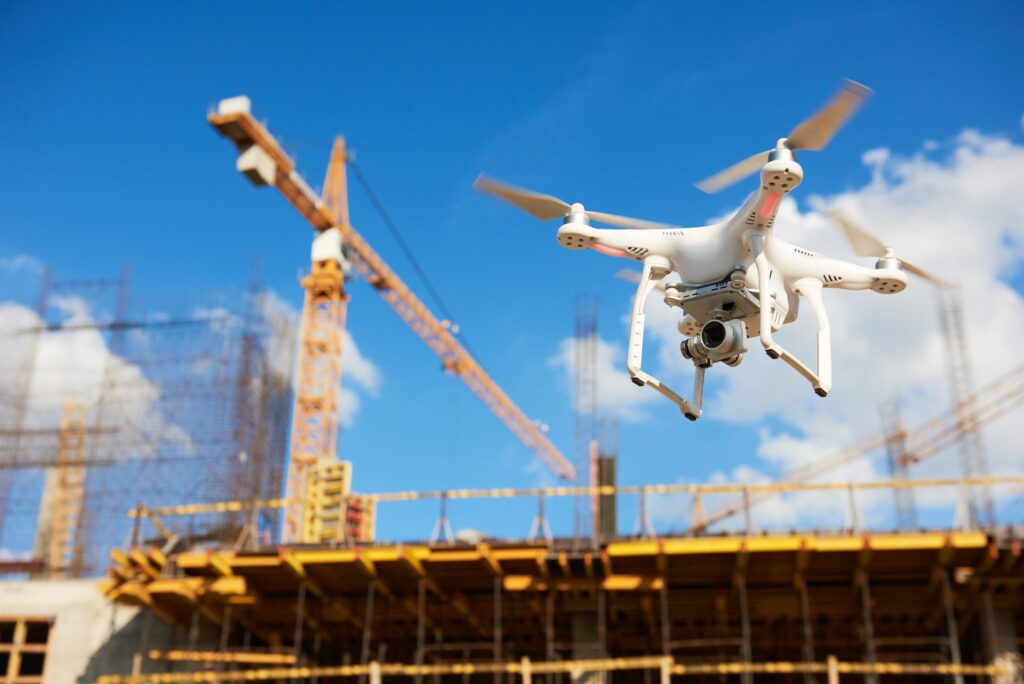THE ROLE OF TECHNOLOGY IN MODERN CONSTRUCTION
The Role of Technology in Modern Construction
Introduction
The construction industry has undergone a significant transformation in recent years, largely driven by technological advancements. Traditional construction practices have given way to more efficient, sustainable, and innovative approaches. This article explores the pivotal role that technology plays in modern construction, highlighting key points that showcase its impact on the industry.
1. Building Information Modeling (BIM)
BIM is a game-changer in modern construction. It allows for the creation of detailed 3D models that incorporate all aspects of a building project. This technology enhances collaboration, reduces errors, and streamlines the construction process. Contractors, architects, and engineers can work together seamlessly, improving project efficiency.
2. Drones and Aerial Imaging
Drones have become essential tools in construction. They provide aerial surveys, monitor project progress, and inspect hard-to-reach areas. Aerial imaging can improve safety, reduce survey costs, and help with project planning.
3. Virtual Reality (VR) and Augmented Reality (AR)
VR and AR are used for immersive design and project visualization. They enable stakeholders to explore construction plans in a virtual environment. VR and AR also aid in worker training and enhance safety protocols by simulating on-site scenarios.
4. Robotics and Automation
Automation is on the rise in construction. Robots can perform tasks such as bricklaying, concrete pouring, and welding more efficiently and accurately than humans. This technology speeds up construction while maintaining quality standards.
5. 3D Printing
3D printing is revolutionizing construction by allowing structures to be built layer by layer. It’s used to create complex and sustainable structures, reducing waste and construction time. 3D printing is particularly promising for affordable housing and disaster relief.
6. Smart Materials and Sensors
Materials embedded with sensors can monitor a building’s health in real-time. They can detect structural issues, moisture levels, and temperature changes. This technology allows for proactive maintenance and reduces long-term maintenance costs.
7. Prefabrication and Modular Construction
Prefabrication involves constructing building components off-site and then assembling them on-site. It accelerates construction and minimizes disruption in populated areas. Modular construction, in particular, is gaining popularity for its efficiency and sustainability.
8. Internet of Things (IoT)
IoT connects various construction elements and allows for remote monitoring and control. This includes everything from security systems to HVAC and lighting. It enhances efficiency, reduces energy consumption, and improves building management.
9. Sustainable Technologies
Sustainability is a top priority in modern construction. Technologies like solar panels, green roofing, and energy-efficient insulation systems are increasingly incorporated into building designs. They reduce a building’s carbon footprint and operational costs.
10. Big Data and Analytics
Big data and analytics are used for project management, cost estimation, and risk assessment. They provide insights into construction processes, helping to make informed decisions and optimize resource allocation.
Technology has reshaped the construction industry, making it more efficient, cost-effective, and sustainable. As the world continues to urbanize and demand for innovative building solutions grows, technology will play an increasingly vital role in shaping the future of construction. Staying updated with these technological advancements is crucial for professionals and companies striving to thrive in the ever-evolving construction landscape.


